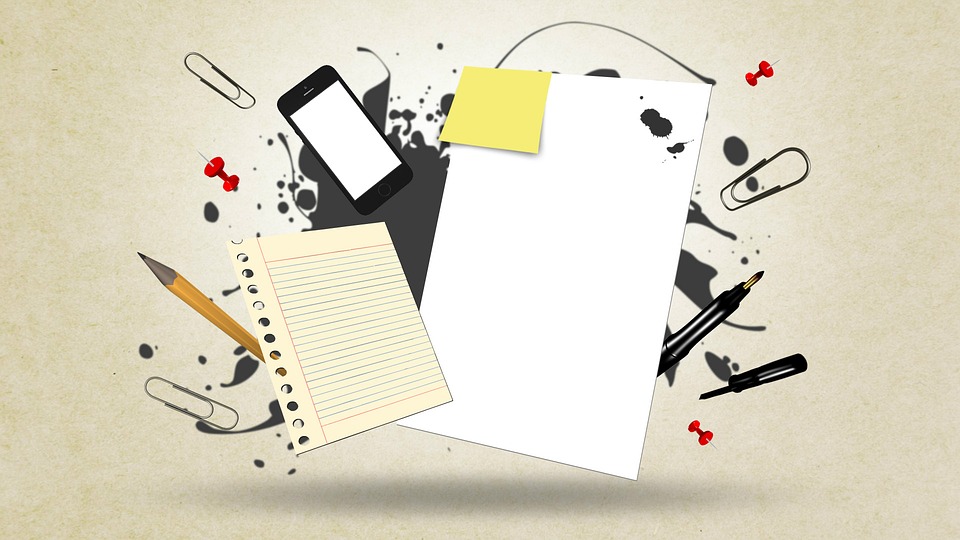Students with dyslexia struggle with more than just reading and writing. These students are also more likely than other students to experience low self-esteem and even anxiety surrounding the school experience. Certain common teaching tactics, such as class read alouds, can be incredibly distressing for students with dyslexia. Note taking, too, can be a struggle. Luckily, there are a variety of resources — from apps to general tips for education — that can help students with dyslexia have a quality learning experience that matches their unique differences.
Understanding Dyslexia
It’s important to remember that dyslexia has nothing to do with intelligence. Students with dyslexia are just as intelligent as their fellow students, and some will even qualify for gifted programs, just like any other individual child. Dyslexia is considered to be a brain-based disorder that affects how children and adults (dyslexia is not just a condition of childhood) read. Since virtually every school subject has reading as an essential skill, the challenges of dyslexia in the school setting extend far beyond reading classes. Children can also suffer in writing, math, science, and other subjects — and the disorder isn’t uncommon. It’s thought that up to 15% of adults and children could have some form of the reading disorder.(1)
One of the most pervasive myths about dyslexia is that it is an eye problem or even a problem with processing visual information. People often think of dyslexia as simply the reversing of letters when reading or writing. However, all young children usually go through a phase where they write letters and numbers backward — this is a part of early writing. Children with dyslexia may continue to write some letters backward past those early ages, like beyond age 7 or 8, but this is a symptom of their differences in decoding and interpreting language, not a visual disorder.
Someone with dyslexia, instead, finds it difficult to perform the kinds of tasks needed for the building blocks of reading, such as blending letter sounds to make words. They may generally find language confusing, not quite grasping how words and letters are put together and then read. They usually struggle to sound out words. However, when a person with dyslexia has something read aloud to them, they have no problem comprehending what was read.
Learning and Writing with Dyslexia
Students with dyslexia benefit most by having someone break down the concept of language to them. Individuals who are trained to assist students with dyslexia help the students to decode words, quickly recognize key words (known as “sight words”), and focus on letter sounds. They may need words broken apart into their individual letter components, so that the child can understand the word’s makeup.
Turning the read word into the written requires even more processing, and can result in students finding it equally challenging to express their thoughts and ideas on paper. This can further affect their grades and their confidence, but with early intervention and the right tools, students with dyslexia can find reading to be less challenging, and go on to achieve great success in their lives and careers. In fact, some of the world’s most famous writers have been said to have dyslexia, from Agatha Christie to F. Scott Fitzgerald.(2)
Tools for Writers with Dyslexia
There are a variety of tools that can assist students with dyslexia in school, as well as help improve their self-confidence. Students with dyslexia benefit from visual approaches to learning. When it comes to writing, children should learn how to create a graphic organizer or story map for their work. Usually, teaching students how to visually chart their writing ideas and plan is something taught in school whether or not a child has dyslexia, but a student with dyslexia will benefit from this kind of visual mapping as early as possible.
Many teachers and parents choose to also work with their student on handwriting. Handwriting helps to strengthen the connections being made between thought and paper, but it also helps to increase the child’s practice with areas, like spelling, that are often a struggle. Interestingly, some instructors recommend teaching cursive first as a way to make early writing easier, as opposed to the more common print style that children usually learn first.(3)
Online and App Resources
Technology can be an incredible resource for students with dyslexia. Programs that transfer student speech into text can help avoid spelling mistakes and keep thoughts clear and concise. One of the most lauded of these is the Dragon suite of programs. With this software, essays can be done with a lot less struggle as students record themselves talking and then Dragon converts their words into text. There is also an app, Ginger, that is popular for its ability to guide students as they write, correcting grammar and spelling along with providing text-to-speech capabilities. Students can also listen to text being read back to them.
Planning can be made easier with MindMeister, a visual planning app which helps with brainstorming and note taking. For general writing improvements, Co:Writer is an app that helps with spelling memorization alongside easing writing with predictive text. Reading web pages, meanwhile, can be made easier with Natural Reader, an online reader designed to assist with hearing most any document.(4)
Comprehensive Assessments for Dyslexia
Neurobehavioral Associates can help assess your child for dyslexia and offer our wealth of Maryland resources and referrals. If your child is struggling with reading or another learning difference, contact our team of specialists for guidance.
Resources:
- Dyslexia: What Brain Research Reveals About Reading. (n.d.). Retrieved March 15, 2019, from http://www.ldonline.org/article/10784/
- Creativity Is Key: Celebrities Who Triumphed Over Dyslexia | Everyday Health. (2018, September 04). Retrieved March 15, 2019, from https://www.everydayhealth.com/dyslexia/creativity-key-celebrities-who-triumphed-over-dyslexia/
- Help with Handwriting. (n.d.). Retrieved March 15, 2019, from https://www.bdadyslexia.org.uk/parent/getting-help-for-your-child/help-with-handwriting
- Dyslexic Students Learn Differently: Tips, Tools and Apps to Help Them Succeed. (n.d.). Retrieved March 15, 2019, from http://dyslexiahelp.umich.edu/professionals/dyslexia-school/tips-tools-and-apps-for-helping-dyslexic-students





